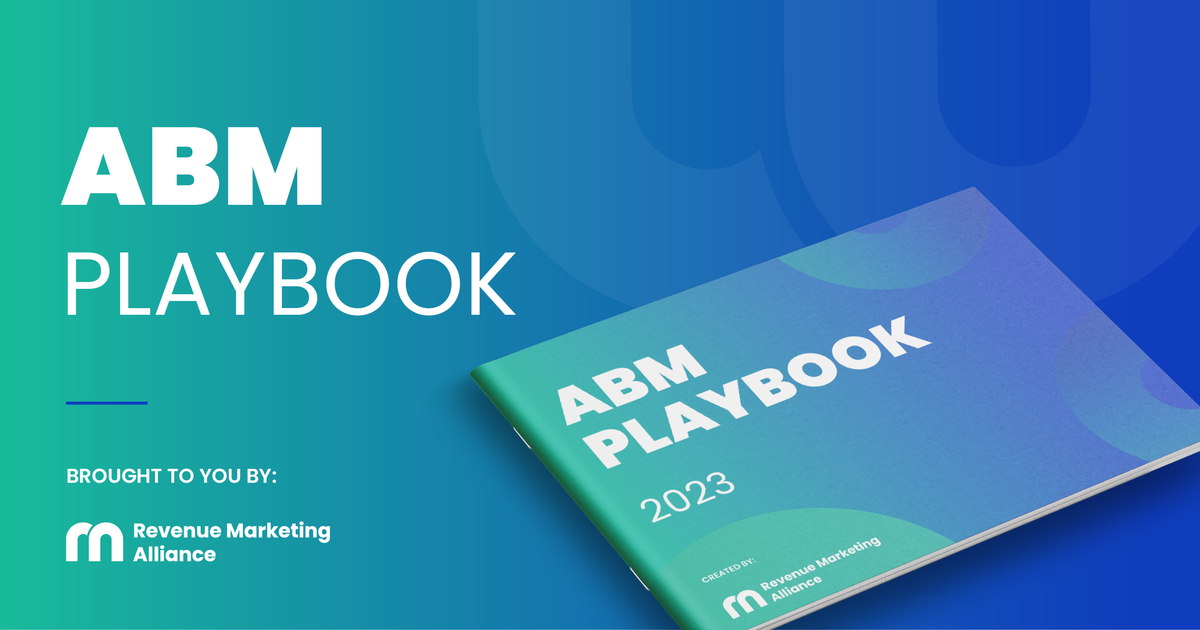Are you struggling to build purposeful relationships with clients? Account-based marketing is the perfect framework for cultivating client interactions that keep them satisfied over time. Yet, for professional services to connect with clients and build trust, they must nurture key accounts in a way that sustains retention and growth.
In this guide, you will receive a walk through of practical strategies for leveraging ABM to foster these deep connections. From identifying key accounts to crafting personalized messages, you will discover how ABM helps you engage clients more effectively.
What Is account-based marketing?
Account-based marketing is a highly targeted, personalized marketing strategy focusing on specific accounts rather than broad market segments. In a traditional marketing setting, the goal is often to cast a wide net and attract as many leads as possible.
ABM flips this approach by identifying high-value accounts and creating tailored marketing campaigns that engage.
For businesses offering professional services, ABM provides a more strategic approach to building meaningful connections with potential clients.
Instead of a one-size-fits-all message, ABM enables you to dig deeper into each target account’s challenges and needs — this level of personalization positions your business as a trusted partner from the initial interaction.

Why building strong relationships is essential to long-term success
Many organizations’ ultimate goal in ABM is to secure new clients. While acquiring new accounts can be a critical objective, the true value of ABM increases when you strengthen connections with existing clients and expand the relationship over time.
The truth is that maintaining your focus solely on customer acquisition leaves you with less room for relationship-building. When you shift your attention to relationship management, you sustain the key drivers for producing trust.
A study by Momentum ITSMA found that 47% of account-based marketers rated selling to new accounts as their most important objective, with a score of 4.1 out of 5.
However, only 29% rated strengthening and broadening executive relationships as equally critical, giving it a score of 3.7. With this discrepancy, there could be a common misconception that acquiring new business is more essential than nurturing existing relationships.
In ABM, strong relationships open doors to new opportunities, from upselling additional services to leveraging positive word-of-mouth. When clients trust you to understand their needs and deliver value consistently, they are more likely to remain loyal and deepen their engagement.
As such, they will look to you as their trusted advisor, a foundation you have built that drives long-term success.
How to leverage ABM to build trusting client relationships
To build client trust with ABM, you can leverage the following strategies.

1. Identify key accounts for relationship-building opportunities
The first step in building trust with a client in ABM is determining the accounts to focus on the most. ABM zeroes in on the accounts with the highest potential for long-term success. These are the clients whose goals align closely with your services and are most likely to benefit from a personalized, trust-driven approach.
A key reason ABM is so effective in building strong relationships is that it allows businesses to concentrate their resources on high-value clients. According to a Salesforce report, B2B marketers allocated 12% of their budgets to account-based marketing programs, highlighting the importance of focusing on accounts with the greatest potential for conversion.
Carefully select which accounts to target by defining your Ideal Client Profile (IDC). Consider factors such as revenue potential, industry alignment, and the likelihood of long-term partnerships.
You can also analyze historical data to understand which clients have brought the most value to your business and evaluate potential accounts based on their importance.
2. Conduct in-depth research on target clients
Thorough research is essential for understanding your client’s unique goals and pain points. By gathering this information, you can tailor your outreach strategy and offer personalized solutions. The more you know about your clients, the better you are at presenting your business as a partner that understands their needs.
The research process involves gathering data on various fronts, including industry trends, specific business challenges and key decision-makers within the company. This information will be vital to understanding their current situation and long-term objectives so you can craft solutions that address their pain points.
Leveraging advanced tools like artificial intelligence (AI) can further streamline your research process by gathering and analyzing client data for you. According to research, 63% of advertising tech leaders now use AI to guide their decision-making in advertising, as AI tools can give you a deeper understanding of your clients and allow you to create a more comprehensive client profile.

3. Craft personalized marketing messages to build trust
Personalized marketing messages are key to deepening relationships with clients. When they receive content that meets their needs — they feel understood — making them more likely to respond.
However, you can take personalization to the next level by leveraging the research you have gathered in previous steps. Use insights about your client’s industry, challenges and goals to create highly relevant content. Whether it is a whitepaper, case study, or targeted email campaign, your messaging should always reflect their needs.
You could also show social proof, such as case studies or testimonials. Sharing success stories of how you helped other clients achieve results reinforces your credibility. Moreover, it utilizes a type of storytelling that is powerful enough to make your message compelling and build trust.
4. Engage clients across multiple channels
ABM offers the advantage of interacting with clients across multiple channels, ensuring your message reaches them where they are most active. Yet, what matters most when using multiple touchpoints is that you create a seamless experience. Today’s clients expect consistent interactions with your brand regardless of which platform they use.
However, a Salesforce report found that customers engage with organizations across eight channels on average. Relying on these many touchpoints may lead to a fragmented experience that may disrupt the personalized journey they expect.
Therefore, it is important to be strategic about the channels you choose. It helps to select the ones your clients use the most, whether it is email, social media or industry-specific forums. Once you have identified the most relevant channels, your messaging should align with the brand to reinforce your client’s trust.
5. Align internal teams to deliver consistent client experience
In ABM, each department plays a critical role in the client journey. Marketing attracts and engages high-value accounts, while sales teams focus on nurturing leads and closing deals.
Simultaneously, customer service ensures ongoing satisfaction and retention. To deliver a seamless experience, your teams must align their goals and share insights at every customer life cycle stage.
The best way for teams to collaborate is through shared platforms like a customer relationships management tool. These platforms allow everyone to access and update client data in real time, ensuring their efforts complement one another across departments.
This internal alignment enables every client interaction to feel connected. When teams create more purposeful engagements, companies can garner trust and reliability.

6. Deliver ongoing value to build long-term relationships
Long-term success depends on the delivery of the partnerships you foster. When clients see your business staying committed to their wins, they are more likely to stay engaged with your offerings.
Continuing to provide value means consistently finding ways to solve new challenges, as client needs are always evolving. This tactic involves personalizing check-ins and conducting business reviews regularly. Taking such a proactive approach allows you to monitor progress and offer new recommendations aligned with your client’s goals.
Yet, remember that the solutions you provide must remain relevant. Since clients' needs shift over time, staying attuned to these changes is crucial. Analytics tools and client feedback mechanisms can facilitate this, allowing you to track changes and adapt your offerings accordingly.
7. Measure success and adjust strategies
Beyond tracking client needs, it is also important to keep track of your efforts to ensure your strategies build trust and drive long-term client relationships. With clear metrics, you can determine what is working and where to improve.
Consider focusing on metrics that reflect the depth and quality of your client relationships. Key performance indicators (KPIs) can include:
- Client retention rate: How many clients continue working with your business over time?
- Upsell and cross-sell opportunities: Are your existing clients expanding their business with you by adopting additional services?
- Client satisfaction and net promoter scores (NPS): Are clients satisfied with your services, and are they likely to recommend you to others?
- Engagement metrics: Track the frequency and quality of interactions with your target accounts across various channels.
- Revenue growth: Monitor how much revenue your high-value accounts generate over time.
Once you have the right metrics, use data analytics tools and dashboards to streamline tracking and analyzing. This ensures you can quickly spot trends that solicit adjustments.
Turning strategy into lasting partnerships
Account-based marketing offers a strong framework for building lasting client relationships. However, the key to success is continuously delivering value and adjusting your strategies based on data and feedback.
ABM requires an ongoing effort to collaborate, adapt, and provide exceptional communications. When done right, it moves beyond transactional relationships and drives sustainable growth.
Want more on account-based marketing? Get your free copy of our ABM playbook and check out strategies to implement effective ABM programs, including how to identify target accounts, develop customized content, and measure the success of your program.




 Follow us on LinkedIn
Follow us on LinkedIn







